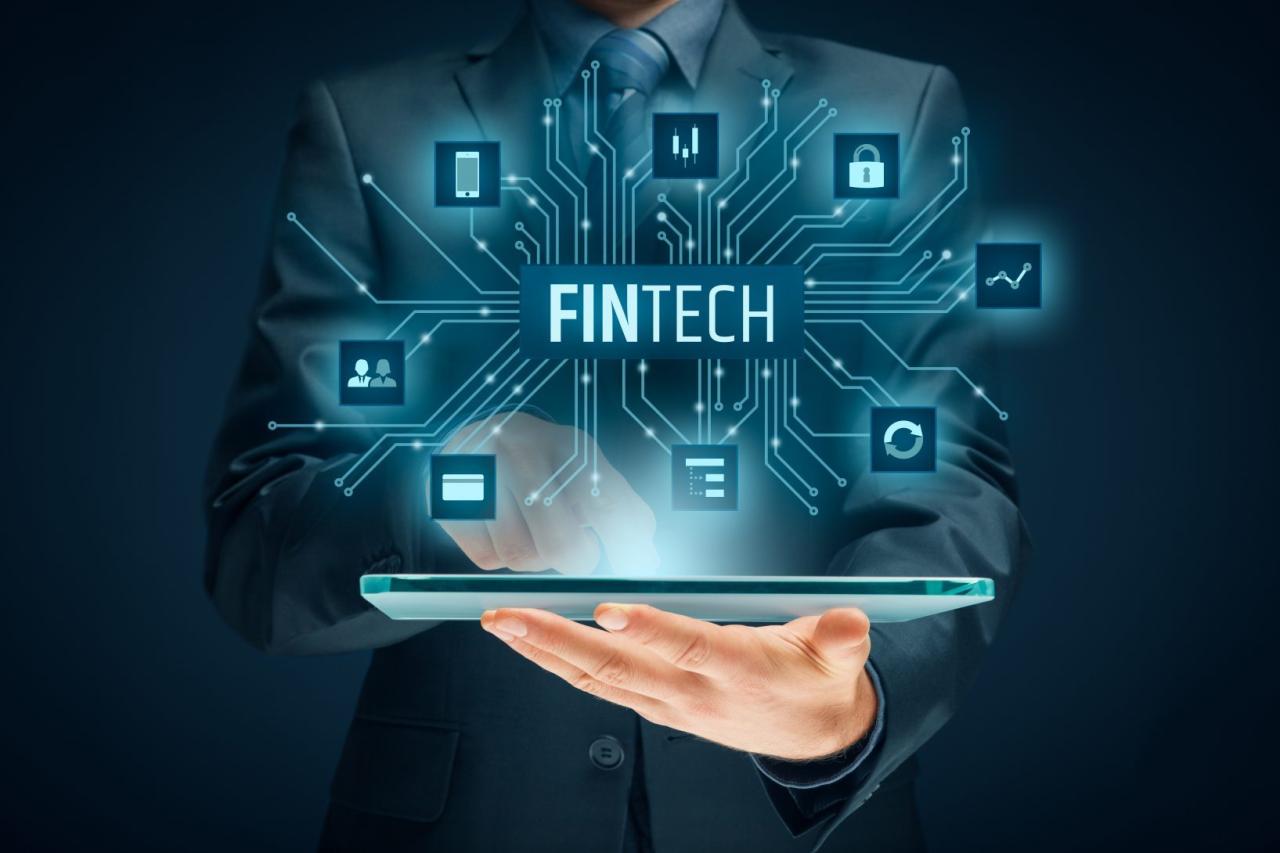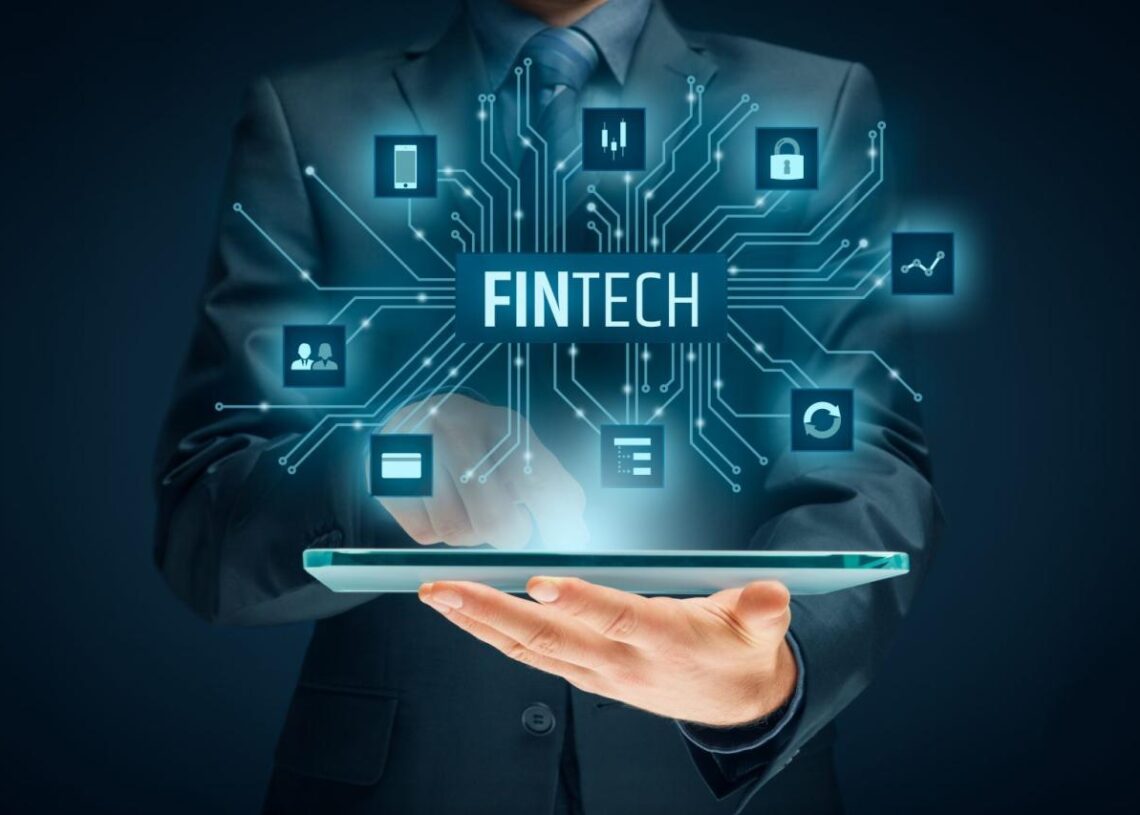For centuries, the world of finance was an imposing fortress. It was built from marble and mahogany, guarded by pinstriped suits, and operated on principles of exclusivity and deliberate friction. Getting a loan, investing your savings, or sending money abroad involved paperwork, long waits, and often, opaque fees. Today, that fortress is being dismantled, not by a battering ram, but by billions of lines of code. This is the FinTech revolution, a seismic shift that is fundamentally rewiring the DNA of global finance.
“FinTech,” a portmanteau of “financial technology,” is far more than a buzzword for banking apps. It represents a new philosophy: one that places the user, not the institution, at the center of the financial universe. It leverages the power of mobile technology, data analytics, and artificial intelligence to deliver services that are more accessible, efficient, and intuitive than ever before. This movement isn’t just creating alternatives to traditional banks; it’s forcing the entire industry into a frantic race to innovate or risk becoming a relic of a bygone era.
This in-depth article will explore the powerful forces driving this disruption. We will dissect the key battlegrounds where FinTech is winning, from daily payments to long-term investing. We will demystify the game-changing technologies like blockchain and AI, examine the profound benefits and inherent risks of this new landscape, and look ahead to a future where finance is seamlessly woven into the fabric of our digital lives.
The Perfect Storm: Why FinTech, Why Now?
The explosive growth of FinTech wasn’t an accident; it was the result of several powerful currents converging at the perfect moment. Understanding these drivers is key to understanding the revolution itself.
A. The Proliferation of Enabling Technology The single most important catalyst is the technology you are likely holding in your hand. The smartphone, coupled with ubiquitous high-speed internet, has put a supercomputer in nearly every pocket on the planet. This created a direct channel for companies to offer sophisticated financial services to consumers without the need for a physical branch network. Cloud computing provided the scalable, low-cost infrastructure to power these services, while advancements in data science allowed for the creation of smarter, more personalized products.
B. The Post-2008 Crisis of Trust The 2008 global financial crisis was a watershed moment. It severely eroded public trust in the large, traditional banking institutions that were seen as both architects and beneficiaries of the collapse. This widespread disillusionment created a massive opening for new players who could present themselves as more transparent, customer-centric, and ethical alternatives. Consumers were suddenly much more willing to try a new app-based service from a startup than they were a decade prior.
C. The Rise of the Digital Native Millennials and Gen Z grew up in a digital-first world. They manage their social lives, order food, and consume entertainment through slick, intuitive apps. They expect the same seamless, on-demand experience from their financial providers. The friction, paperwork, and 9-to-5 business hours of traditional banking are utterly alien to them. This demographic shift created a massive, built-in market for FinTech solutions that matched their digital-native expectations.
D. A More Favorable Regulatory Climate Recognizing the potential for innovation and increased competition, regulators in many parts of the world began to actively foster FinTech growth. Initiatives like Open Banking in the UK and Europe mandated that traditional banks share customer data (with consent) with third-party providers via APIs (Application Programming Interfaces). This blew the doors open for startups to build innovative services on top of existing banking infrastructure. Regulatory “sandboxes” were also created, allowing new companies to test their products in a controlled environment without facing the full weight of financial regulation immediately.
The Battlegrounds: How FinTech is Conquering Finance
FinTech’s strategy has been to “unbundle” the traditional bank, attacking each of its core functions with a superior, technology-driven solution. This has created fierce competition across every vertical of the financial industry.
A. Digital Payments and Global Remittances This was the first and most obvious frontier. The act of exchanging value has been liberated from the constraints of cash and plastic cards.
- The Old Way: Clunky cash transactions, slow-to-clear checks, and exorbitant fees for international wire transfers via the SWIFT network.
- The FinTech Disruption: Digital wallets like Apple Pay and Google Pay have turned our phones into secure payment devices. Peer-to-peer (P2P) payment apps like PayPal, Venmo, and Cash App have made splitting a dinner bill or paying a friend as easy as sending a text message. For international remittances, companies like Wise (formerly TransferWise) and Remitly bypassed the old banking system to offer radically cheaper and faster cross-border payments, saving consumers and businesses billions.
B. Banking Reimagined: The Neobank Uprising Perhaps the most direct assault on the old guard is the rise of neobanks—digital-only banks with no physical branches.
- The Old Way: Brick-and-mortar institutions with massive overhead costs passed on to consumers in the form of monthly maintenance fees, overdraft charges, and low interest rates.
- The FinTech Disruption: Neobanks like Chime in the US, Revolut in the UK, and N26 in Germany operate on a lean, tech-first model. They offer slick, user-friendly mobile apps packed with features like automatic savings, detailed spending analytics, and early paycheck access. With their low overhead, they can eliminate most common fees, attracting millions of customers fed up with their traditional banks.
C. Lending and Credit: Democratizing Access to Capital FinTech has transformed who can get a loan and how they get it.
- The Old Way: A rigid, often biased process dependent on a traditional FICO credit score, shutting out individuals with thin or non-existent credit files.
- The FinTech Disruption: Peer-to-Peer (P2P) lending platforms connected individual borrowers directly with investors, cutting out the bank as a middleman. More importantly, FinTech lenders leverage alternative data—such as utility payments, educational background, and even digital footprint—to build more sophisticated and inclusive credit risk models. Furthermore, the explosion of “Buy Now, Pay Later” (BNPL) services from companies like Klarna, Afterpay, and Affirm has integrated credit directly into the online checkout process, offering consumers simple, interest-free installment plans at the point of sale.
D. Wealth Management for the Masses (WealthTech) Investing was once a country club, accessible only to the wealthy who could afford a human financial advisor.
- The Old Way: High advisory fees, steep investment minimums, and a general lack of access for the average person.
- The FinTech Disruption: Robo-advisors like Betterment and Wealthfront use algorithms to create and manage diversified, low-cost investment portfolios based on a user’s goals and risk tolerance, with minimums as low as a few dollars. Simultaneously, commission-free stock trading apps, most notably Robinhood, gamified the process of investing and opened the stock market to a new generation of retail investors.
E. An Insurance Upgrade (InsurTech) The historically opaque and slow-moving insurance industry has also become a prime target for disruption.
- The Old Way: Complicated policies, manual claims processing that could take weeks, and pricing based on broad demographic data.
- The FinTech Disruption: InsurTech companies like Lemonade use AI chatbots to sell policies and process claims in minutes, not weeks. They leverage behavioral economics and transparency to build trust. Others, particularly in auto insurance, use telematics—data from your smartphone or a device in your car—to offer usage-based insurance, where your premium is based on how safely you actually drive, not just your age and zip code.
The Wild Card: Cryptocurrency and Decentralized Finance (DeFi)

While the FinTech areas above often work to improve the existing financial system, cryptocurrency and DeFi aim to build an entirely new one.
- Blockchain Technology: At its core is the blockchain, a distributed, immutable digital ledger. Think of it as a shared digital notebook that, once a transaction is written down, cannot be altered by anyone, creating a secure and transparent record without needing a central authority like a bank.
- Cryptocurrencies: These are digital assets like Bitcoin and Ethereum that are secured by cryptography on a blockchain. They allow for P2P transactions across the globe without an intermediary.
- Decentralized Finance (DeFi): This is the most radical concept. DeFi takes the ideas behind crypto and uses them to rebuild traditional financial services—like lending, borrowing, and trading—entirely on the blockchain using self-executing contracts known as “smart contracts.” In a DeFi world, you could take out a loan or earn interest on your digital assets directly from a software protocol, with no bank or institution involved. This presents both a monumental opportunity for a truly open financial system and significant risks due to its complexity and lack of regulation.
The Double-Edged Sword: Benefits vs. Risks
The FinTech revolution offers immense promise, but it also comes with a new set of challenges that consumers, companies, and regulators must navigate.
The Immense Benefits:
- Financial Inclusion: FinTech is arguably the single most powerful tool for banking the unbanked. By lowering costs and using alternative data, it can provide financial services to billions of people previously excluded from the formal economy.
- Reduced Costs: Increased competition and technological efficiency inevitably drive down costs for consumers, from transaction fees to lending rates.
- Superior Customer Experience: FinTech has set a new standard for user experience, forcing all players, including incumbent banks, to become more customer-centric.
- Greater Transparency: Many FinTech apps provide clear, real-time information about spending, fees, and investment performance, empowering users to make better financial decisions.
The Inherent Risks and Challenges: A. Cybersecurity Vulnerabilities FinTech companies are massive repositories of sensitive personal and financial data, making them prime targets for sophisticated cyberattacks. A single major breach could have devastating consequences for millions of users. B. The Regulatory Maze Regulators are struggling to keep pace with the speed of innovation. This creates uncertainty for businesses and can leave consumers unprotected. A sudden regulatory crackdown in one jurisdiction can wipe out business models overnight, as seen in various government actions against crypto exchanges and BNPL services. C. Data Privacy Concerns The very data that makes FinTech services so personalized and effective is also a source of concern. Questions abound regarding how this data is being used, who it is being sold to, and whether it’s being collected ethically. D. The Danger of Algorithmic Bias If the data used to train lending or insurance algorithms contains historical human biases (e.g., against certain races or neighborhoods), the AI can learn and even amplify those biases, leading to a new, automated form of discrimination.
The Future of Finance: Seamless, Embedded, and Intelligent
The disruption is far from over. The line between technology and finance will continue to blur, leading to several key trends.
- Embedded Finance: This is the idea that financial services will become so integrated that they disappear into the background of other activities. Think of getting an instant loan or insurance policy directly within the Tesla app when you buy a car, or your Uber app offering you a driver-specific bank account. Finance becomes a feature, not a destination.
- Hyper-Personalization: With more advanced AI, financial products will be tailored to the individual on a granular level. Your banking app will become a true financial coach, anticipating your needs and offering proactive advice based on your unique situation.
- The Rise of Super Apps: The “unbundling” of the bank is now leading to a “rebundling.” Companies like PayPal and Block are moving to become all-in-one “super apps” where you can pay, save, invest, and manage crypto all in one place, creating a new kind of closed-loop ecosystem.
- Central Bank Digital Currencies (CBDCs): As a response to the rise of private cryptocurrencies, many of the world’s central banks are exploring creating their own digital currencies. A “digital dollar” or “digital euro” could dramatically change the plumbing of the financial system.
The Revolution Will Not Be Reversed

The FinTech revolution is not a fleeting trend; it is the new reality. It has permanently altered consumer expectations and has lit a fire under a once-complacent industry. The friction, exclusivity, and opacity that defined 20th-century finance are being systematically replaced by the efficiency, accessibility, and transparency of the digital age.
While significant challenges in security and regulation remain, the trajectory is clear. The future of finance is one where technology is not just a tool, but the core foundation. It will be more personalized, more automated, and more deeply integrated into our lives than we can currently imagine. The fortress walls have been breached, and for the global consumer, the benefits are only just beginning to unfold.













